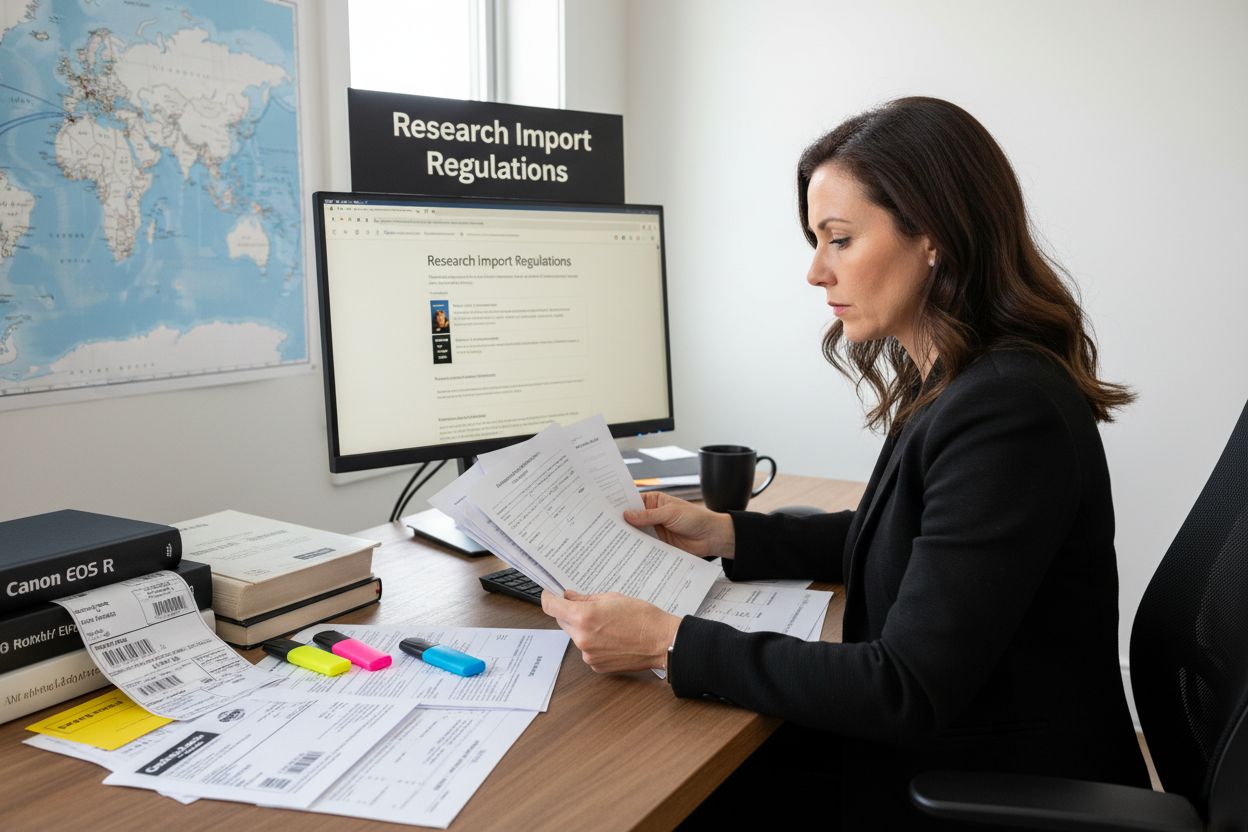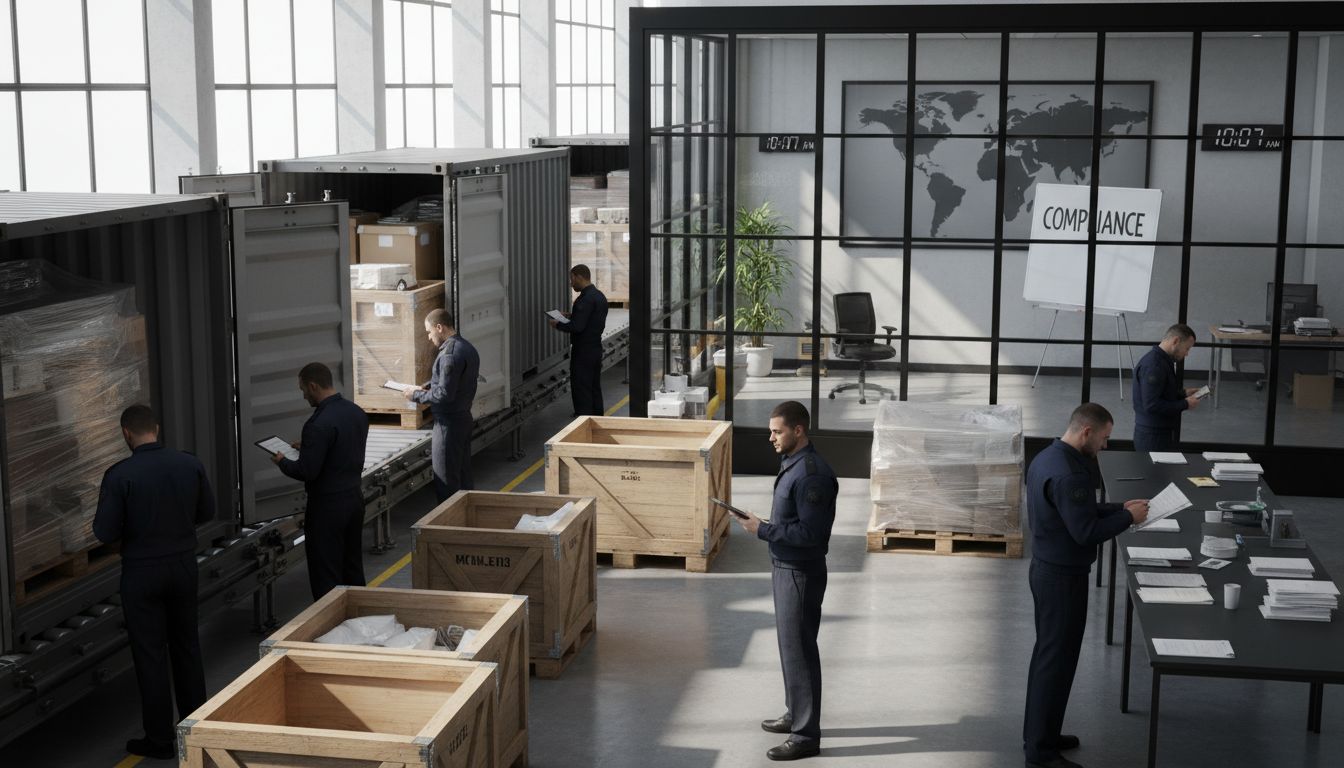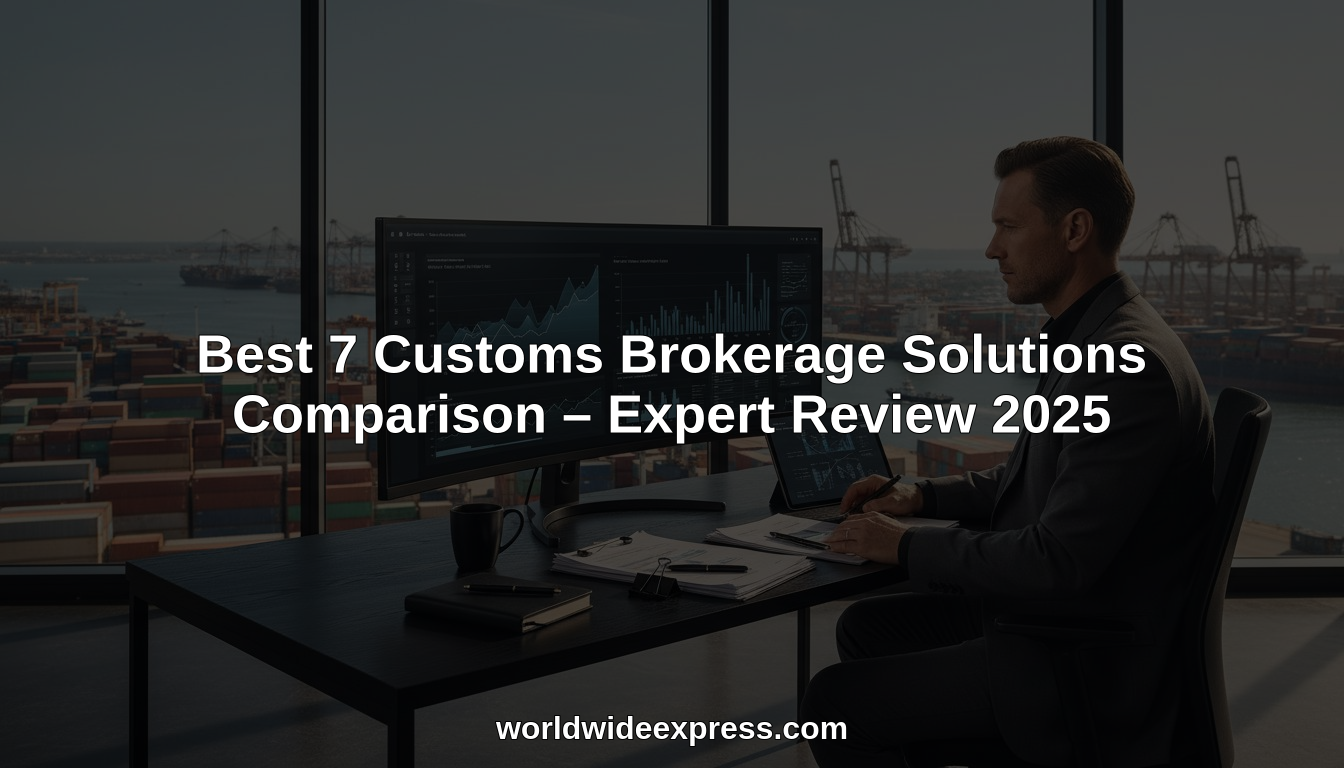Importing products sounds exciting and full of potential, especially when you learn that incorrect customs documentation can result in delays, fines, or even shipment rejection. But most new importers focus only on finding the right suppliers and cheapest prices. The real challenge that catches people off guard is navigating a web of rules and regulations that is far more complex than picking products off a shelf.
Table of Contents
- Step 1: Research Import Regulations and Compliance
- Step 2: Identify and Source Products from Suppliers
- Step 3: Negotiate Terms and Finalize Agreements
- Step 4: Arrange Transportation and Shipping Logistics
- Step 5: Complete Customs Documentation and Clearance
- Step 6: Verify Delivery and Assess Quality Control
Quick Summary
| Key Point | Explanation |
|---|---|
| 1. Research import regulations thoroughly | Understand specific government agency requirements for imports to avoid compliance issues. |
| 2. Carefully vet potential suppliers | Use multiple sources and criteria to assess supplier reliability and product quality to ensure smooth operations. |
| 3. Draft a detailed negotiation strategy | Clearly outline terms regarding pricing, quality standards, and delivery to establish solid supplier agreements. |
| 4. Prepare comprehensive customs documentation | Ensure all necessary documentation is accurate to facilitate smooth customs clearance without delays. |
| 5. Implement rigorous quality control procedures | Systematically verify received goods against orders to identify issues and maintain supplier accountability. |
Step 1: Research Import Regulations and Compliance
Successful importing begins with comprehensive understanding of complex regulatory landscapes. Your first critical step involves meticulously researching and comprehending the intricate web of import regulations that will govern your international trade activities. This foundational research protects your business from costly compliance mistakes and potential legal challenges.
Start by identifying the specific government agencies responsible for regulating imports in your target markets. In the United States, this typically involves agencies like U.S. Customs and Border Protection (CBP), the International Trade Administration, and the Department of Commerce. Each agency enforces different aspects of import regulations, from tariff classifications to product safety standards. You’ll want to carefully review their official guidelines, which outline precise requirements for documentation, product classifications, and permissible goods.
Understanding International Trade Compliance Basics can provide additional context for navigating these complex systems. Focus on gathering definitive information about:
- Specific import licenses required for your product category
- Tariff codes and potential duty rates
- Product safety and certification requirements
- Restricted or prohibited items in your destination market
Your research must extend beyond domestic regulations to include international trade agreements, which can significantly impact import processes. Investigate bilateral and multilateral trade agreements that might offer reduced tariffs or simplified customs procedures. This involves examining documents from organizations like the World Trade Organization and reviewing specific trade agreements between your country and the target import destination.
Careful documentation is key to successful navigation of import regulations. Maintain meticulous records of all research findings, create a comprehensive compliance checklist, and consider consulting with a customs broker or international trade specialist who can provide expert guidance tailored to your specific import needs. By investing thorough effort in this initial research phase, you significantly reduce the risk of unexpected complications in your importing journey.
Step 2: Identify and Source Products from Suppliers
After thoroughly researching import regulations, your next critical step involves identifying reliable suppliers and sourcing products that meet both your business requirements and compliance standards. This stage demands strategic research, careful evaluation, and strategic networking to find manufacturers who can consistently deliver high-quality goods that align with your import goals.
Begin by leveraging multiple sourcing channels to discover potential suppliers. International trade platforms like Alibaba, Global Sources, and TradeKey offer extensive databases of manufacturers across various industries. Additionally, industry trade shows and international business exhibitions provide exceptional opportunities to connect directly with suppliers, examine product samples, and establish personal relationships. Virtual platforms have expanded these networking possibilities, allowing you to conduct initial supplier assessments through video conferences and detailed online communication.
Understanding Importer of Record Responsibilities can help you comprehend the legal implications of supplier selection. When evaluating potential suppliers, develop a comprehensive assessment framework that goes beyond simple pricing considerations. Critical evaluation criteria should include:
- Manufacturing capabilities and production capacity
- Quality control processes and certifications
- Financial stability and business reputation
- Compliance with international manufacturing standards
- Ability to provide necessary documentation for import processes
Negotiate thoroughly with potential suppliers, requesting detailed product specifications, sample materials, and comprehensive pricing structures. Request multiple quotes to understand market rates and negotiate favorable terms. Conduct rigorous background checks, including verifying business licenses, examining client references, and potentially arranging site visits or third-party quality inspections.
Successful product sourcing requires building strong, transparent relationships with suppliers who can consistently meet your business needs. Communicate your specific requirements clearly, establish realistic expectations, and develop contingency plans for potential supply chain disruptions. By investing time and effort in careful supplier selection, you create a solid foundation for smooth and successful international import operations.
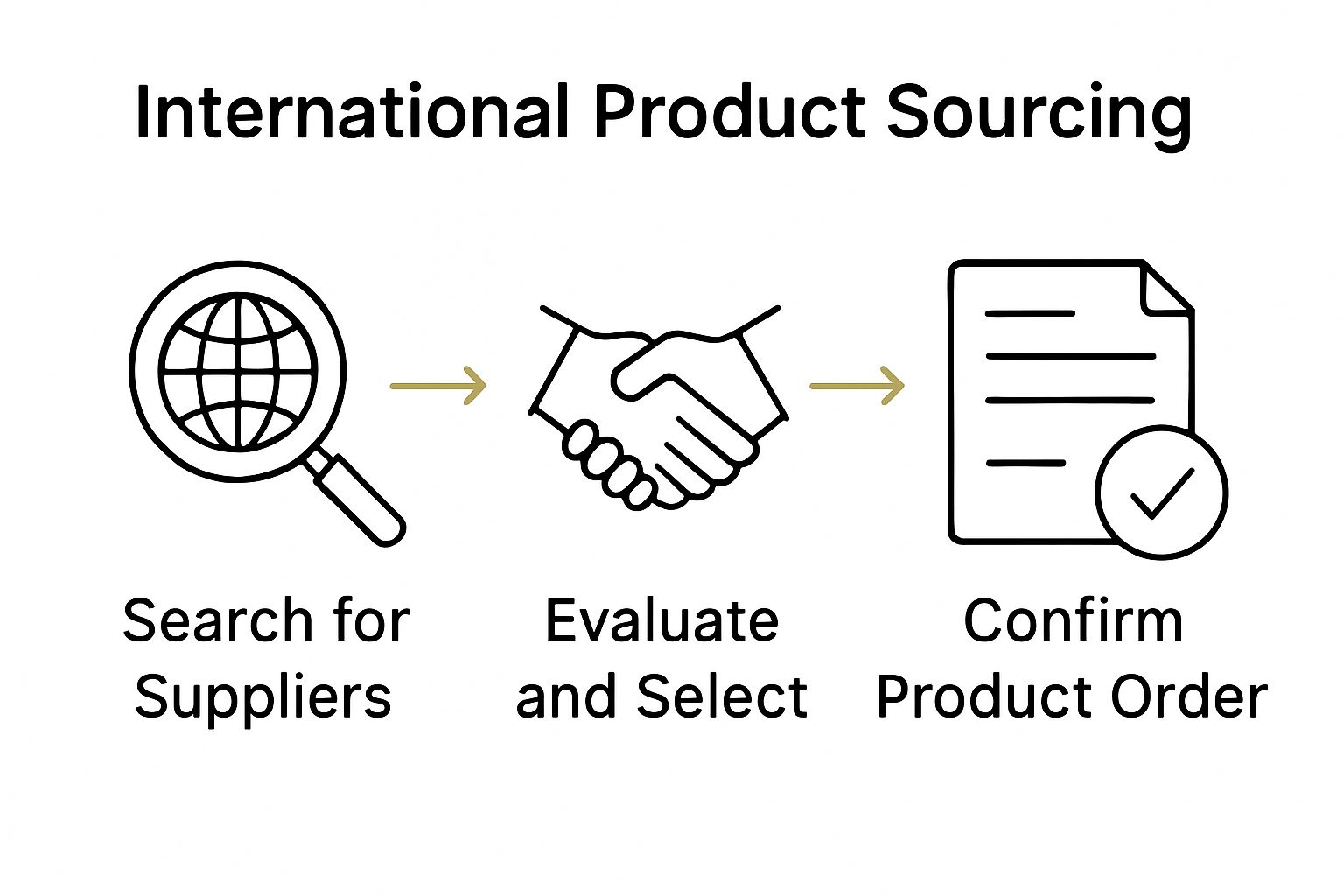
Step 3: Negotiate Terms and Finalize Agreements
Negotiating terms and finalizing agreements represents a critical junction in your importing journey, where clear communication and strategic planning converge to establish a robust international business relationship. This step transforms your initial supplier research into a concrete, legally binding framework that protects your business interests and sets clear expectations for both parties.
Begin by drafting a comprehensive negotiation strategy that encompasses all critical aspects of your potential business arrangement. Your strategy should address pricing structures, payment terms, product specifications, quality standards, delivery schedules, and potential contingencies. International trade requires nuanced communication, so consider engaging a translator or sourcing professional who understands cultural business practices and can help navigate potential misunderstandings.
7 Essential Importer Security Filing Tips provides additional context for establishing secure trading relationships. Key negotiation elements you must carefully address include:
- Precise product specifications and quality control standards
- Exact pricing and potential volume discount structures
- Detailed shipping and delivery terms (using standardized Incoterms)
- Payment methods and schedule
- Warranty and return policies
- Intellectual property protections
Carefully review all documentation, paying special attention to legal terminology and potential hidden clauses. International contracts often involve complex language that can significantly impact your business relationship. Consider hiring a legal professional specializing in international trade to review agreements before final signatures. This investment can prevent costly misunderstandings and provide critical protection for your importing ventures.
Finalizing agreements requires meticulous documentation and mutual understanding. Ensure all negotiated terms are explicitly stated in writing, with clear definitions of each party’s responsibilities. Establish communication protocols for ongoing relationship management, including methods for resolving potential disputes and mechanisms for periodic contract reviews. By approaching this step with thoroughness and strategic thinking, you create a solid foundation for successful international trade partnerships.
Step 4: Arrange Transportation and Shipping Logistics
With supplier agreements finalized, your next critical phase involves strategically arranging transportation and shipping logistics that ensure your goods move efficiently and cost-effectively across international borders. This complex process requires careful planning, understanding of multiple transportation modes, and precise coordination of numerous interconnected elements.
Selecting the appropriate shipping method forms the cornerstone of successful international logistics. Each transportation mode carries distinct advantages and challenges. Ocean freight works best for large, bulky shipments with longer transit times, while air freight provides rapid delivery for time-sensitive or high-value products. Consider factors like product characteristics, destination distance, urgency, and budget when making your selection.
Below is a comparison table summarizing key shipping methods mentioned in the article to help you select the best option for your specific import needs.
| Shipping Method | Best For | Advantages | Challenges |
|---|---|---|---|
| Ocean Freight | Large, bulky shipments | Cost-effective for large loads | Slower transit times |
| Air Freight | Time-sensitive, high-value goods | Fast delivery | Higher cost |
Your shipping strategy must incorporate comprehensive documentation preparation. Essential documents include commercial invoices, packing lists, certificates of origin, and specific customs declaration forms. These paperwork requirements vary dramatically between countries, so meticulously verify each document’s precise specifications with your shipping partner or customs broker.
Consider these critical elements when arranging transportation:
- Total landed cost calculations (including freight, duties, taxes)
- Appropriate insurance coverage for your shipment
- Potential customs clearance requirements
- Specific packaging and labeling regulations
- Estimated delivery timelines
Working with an experienced freight forwarder can significantly simplify this complex process. These professionals understand intricate shipping regulations, can negotiate competitive rates, and provide end-to-end logistics support. They help navigate potential challenges like customs delays, unexpected regulatory requirements, and transportation disruptions.
Successful shipping logistics demand continuous communication with your supplier, freight forwarder, and transportation partners. Maintain detailed tracking of your shipment, remain flexible to potential route modifications, and always have contingency plans ready. By approaching transportation with strategic thoroughness, you transform potential logistical challenges into smooth, predictable international trade operations.
Step 5: Complete Customs Documentation and Clearance
Customs documentation and clearance represent the most critical regulatory checkpoint in your importing journey, where precision and thorough preparation determine whether your shipment successfully crosses international borders. This complex process requires meticulous attention to detail, comprehensive understanding of regulatory requirements, and strategic documentation management.
Preparing comprehensive customs documentation demands systematic organization and deep understanding of specific import regulations. Your documentation package must include precise commercial invoices detailing product descriptions, quantities, unit values, total shipment value, manufacturer information, and country of origin. Inaccurate or incomplete documentation can trigger extensive delays, potential fines, or shipment rejection.
How to Pay Customs Duties offers additional insights into navigating financial aspects of customs clearance. When assembling your documentation, prioritize creating a robust file that demonstrates transparency and compliance with all regulatory requirements. This includes obtaining necessary import licenses, preparing accurate customs declaration forms, and ensuring all product classifications match international trade standards.
Your customs clearance strategy should incorporate these essential elements:
- Accurate Harmonized System (HS) product classification codes
- Complete commercial invoice with precise monetary values
- Certificate of origin documentation
- Specific import permits or licenses
- Detailed packing lists
- Comprehensive shipping manifests
Working with a licensed customs broker can significantly streamline this intricate process. These professionals understand complex regulatory landscapes, can help you navigate potential challenges, and ensure your documentation meets all governmental requirements. They serve as critical intermediaries between your business and customs authorities, helping interpret regulations and resolve potential issues before they become significant obstacles.
Successful customs clearance requires proactive communication, meticulous documentation, and a strategic approach to regulatory compliance. By investing time and resources into creating a comprehensive, accurate documentation package, you minimize risks, reduce potential delays, and establish a smooth pathway for your imported goods to enter their destination market.
Step 6: Verify Delivery and Assess Quality Control
Upon arrival of your imported goods, the crucial stage of delivery verification and quality control begins. This step transforms your carefully planned import strategy into a tangible assessment of your supplier’s performance and product reliability. Successful quality control requires systematic, thorough examination that goes far beyond simple visual inspection.
Initial delivery verification demands immediate and comprehensive documentation review. Cross-reference the received shipment against your original purchase order, commercial invoice, and shipping manifest. Check that quantities, product specifications, packaging conditions, and overall shipment integrity match precisely what was negotiated. Master Exporting Food Products provides additional insights into product-specific verification processes, though these principles apply across various import categories.
Physical product inspection requires a structured approach. Develop a detailed quality control checklist tailored to your specific product requirements. This should include dimensional accuracy, material quality, functional performance, and compliance with predetermined specifications. Randomly sample products from the shipment to ensure representative evaluation, using statistically valid sampling techniques that provide meaningful insights without examining every single item.
Your quality control assessment should encompass these critical elements:
- Precise dimensional and weight measurements
- Material composition and structural integrity
- Functional performance testing
- Visual and aesthetic quality evaluation
- Packaging and protective coating assessment
- Compliance with previously agreed specifications
Documenting your findings meticulously is as important as the inspection itself. Create comprehensive reports that include photographs, measurement records, and detailed observations. These documents serve multiple purposes: they provide evidence for potential disputes, inform future purchasing decisions, and create a historical record of supplier performance.
Use this checklist table to verify key quality control steps when receiving and evaluating your imported goods, ensuring accuracy, compliance, and reliable supplier performance.
| Quality Control Step | What to Check | Why It Matters |
|---|---|---|
| Compare shipment documents | Match products to order, invoice | Ensures correct delivery |
| Inspect for physical damage | Review packaging and product condition | Detects transit or handling issues |
| Measure dimensions and weight | Check size and compliance | Confirms product matches specification |
| Test material and structural quality | Assess material type and build | Verifies durability and standards |
| Perform functional tests | Validate operation and performance | Confirms intended use and quality |
| Assess compliance with specs | Review features against agreement | Identifies deviations or defects |
Should discrepancies emerge, act swiftly and professionally. Communicate findings directly with your supplier, providing clear documentation of issues. Negotiate remediation strategies, which might include replacement shipments, partial refunds, or future credit. By maintaining rigorous quality control standards, you protect your business investment and establish a foundation for long-term, reliable international trading relationships.

Make Your Importing Journey Effortless with Worldwide Express
Importing often feels overwhelming when you face strict regulations, complicated shipping arrangements, and detailed customs procedures. Every missed document or shipment delay can put your business at risk and cost you valuable time and money. This step-by-step guide highlights the real challenges many importers struggle with, whether it is researching compliance, finding the right suppliers, or handling customs paperwork.
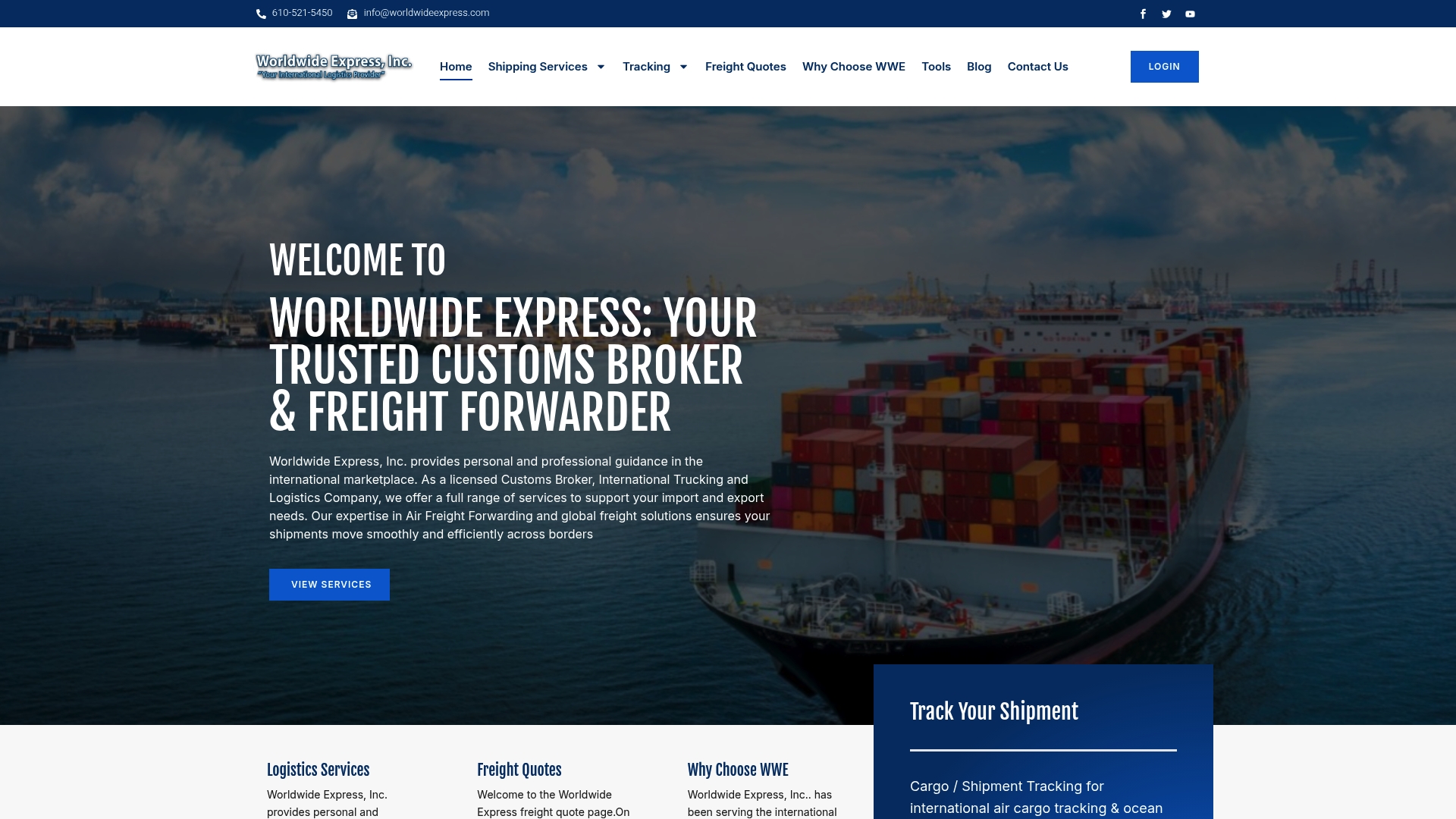
Let Worldwide Express, Inc. handle the complexities for you so you can focus on growing your business. Our team is experienced in all the crucial steps of import success—from customs brokerage and compliant shipping to end-to-end tracking and secure delivery. Discover a better way to import by partnering with proven experts. Take the next step now by visiting our main site or see more solutions on our Uncategorized Services page. Connect with us today and unlock smoother, faster international shipments that keep your business moving forward.
Frequently Asked Questions
What are the key import regulations I need to know before importing goods?
Understanding import regulations is crucial. Start by researching the specific government agencies involved in your target market that regulate imports. Compile a checklist of required documents, tariff codes, product safety standards, and any licenses necessary for your goods.
How do I find reliable suppliers for my imported goods?
Finding reliable suppliers involves thorough research across various channels. Utilize international trade platforms, attend trade shows, and assess suppliers based on their manufacturing capabilities, quality control processes, and compliance with international standards.
What should I include in my negotiation strategy with suppliers?
Your negotiation strategy should encompass product specifications, pricing structures, and quality standards. Draft a detailed plan that addresses payment terms, delivery schedules, and other critical aspects to ensure both parties understand expectations clearly.
What documents are necessary for customs clearance?
Essential customs documents include a commercial invoice, packing list, and customs declaration forms. Ensure your documentation package is complete and accurate to avoid delays or fines during customs clearance.
How can I assess the quality of goods upon delivery?
Conduct a thorough physical inspection of the received goods immediately upon delivery. Use a quality control checklist to measure dimensions, materials, and compliance with specifications, documenting your findings for future reference.
What should I do if there are discrepancies in the received shipment?
If discrepancies arise, act quickly to communicate with your supplier. Provide clear documentation of the issues noted, and negotiate remediation options like replacements or partial refunds to resolve the situation efficiently.
Recommended
- Master Exporting Food Products: A Step-by-Step Approach – Worldwide Express, Inc.
- Master Ecommerce International Shipping in 5 Steps – Worldwide Express, Inc.
- Understanding Import Export Basics for Global Trade – Worldwide Express, Inc.
- Master the Export Documentation Process in 2025 – Worldwide Express, Inc.

